Zac Schultz:
Now for a Closer Look at the challenge of getting strong reliable internet in all regions of the state. Good broadband is more than just the ability to stream video. For the state’s rural areas in particular, it can be a link to a better way of life, allowing people to work from home or start a business. But it also requires substantial government investment. An issue that has received rare bipartisan support. Andy Soth has this report from western Wisconsin.
Janice Quinton:
This is Janice with Interiors by J and L.
Andy Soth:
Janice Quinton has a short commute. It’s just down the basement stairs. But from her home in western Wisconsin, she’s in constant touch with her colleagues working in the Madison area. Window treatments are being hung in this new home. Work coordinated remotely by Quinton.
Janice Quinton:
We primarily do window coverings, whether it be commercial or residential. Some of the plans, I can get off of line and then I’m able to do, through the online services, do the quoting and bidding out of products to customers. I might just need to send you down the work order.
Andy Soth:
This wouldn’t be possible without the internet. Specifically a stable broadband link that keeps Quinton connected. The Quinton family moved to Pepin so Janice’s husband could take a job as school superintendent.
Janice Quinton:
Yeah, Pepin has been great for our family. The area is beautiful. The children have a lot of opportunities even through a small town.
Andy Soth:
But that beautiful landscape of the Mississippi Valley makes wiring for the internet a challenge. Something the Quintons didn’t consider when they moved.
Janice Quinton:
At the time of looking at house, which ones had internet connection and which ones didn’t was not something that was part of our criteria of what we were looking for in a house and it probably should have been cause some of the house we looked at were five to ten mile range outside of town. So there were a few that were out into the bluffs.
Andy Soth:
A look at the state’s broadband, as mapped by the Public Service Commission, reveals a checkerboard of digital haves in dark blue and have nots in light brown. But the potential for broadband to support a telecommuting workforce in the state’s rural areas is great.
Ricky Rolfsmeyer:
Broadband is one of the greatest tools we have to help rural people stay in the rural communities and be engaged.
Andy Soth:
Ricky Rolfsmeyer heads Wisconsin Rural Partners.
Ricky Rolfsmeyer:
It’s really, really going to be important to the rural communities. It’s going to be essential for almost anything and any kind of employment, and truly essential for keeping rural people rural.
Andy Soth:
Down the Great River Road from Pepin in Cochrane, the Cochrane Co-op telephone company keeps an old telephone switchboard from its early founding days.
Gina Tomlinson:
We are the oldest of the 11 telephone cooperatives in the state. In 1905, the cooperative was formed and it used to be called Farmers, Farmers Telephone.
Andy Soth:
The name may have changed but serving farmers remains a core mission.
Man:
There’s a piece of glass there.
Andy Soth:
At this farm miles into the hills above Cochrane, a technician services the hair-thin fiber optic cable.
Man:
Cutting the square end on the end of the glass.
Andy Soth:
Fiber to the farm provides the same level of service as available in town but it comes with a substantial price tag.
Gina Tomlinson:
In rural areas it’s very hard to be able to afford to go out to that one customer that has a mile, mile and a half driveway and they’re 10 miles out from the central office which is where all the electronics sit.
Andy Soth:
Federal grants and loans help.
Gina Tomlinson:
We took out a loan with the USDA Rural Utility Services to allow us to invest in a fiber network. It’s important for us that our customers have the same quality and type of service as they have in the bigger cities.
Andy Soth:
Advocates for rural broadband draw parallels to historic government investment in rural electrification and universal telephone service.
Gina Tomlinson:
Hopefully that will help get broadband out to all of America as an essential service.
Andy Soth:
It's a service that’s been essential for Janice Quinton and her family to live the kind of life they were searching for when they moved to Pepin.
Janice Quinton:
We wanted a smaller town atmosphere for the kids at school.
Andy Soth:
And the flexibility of working from home also improved that quality of life.
Janice Quinton:
I can be at the track meets. I can be at the softball games. I can both that at-home mom and be able to fulfill my work requirements.
Zac Schultz:
Joining us now from Rhinelander to talk about broadband in rural areas is Don Sidlowski, founder of the Northwoods Broadband Economic Development Coalition. Thanks for your time today.
Don Sidlowski:
Glad to be here.
Zac Schultz:
Broadband is being compared to rural electrification. Do we need fiber to reach every home in this state?
Don Sidlowski:
We do not actually. We can accomplish what we want with a creative patchwork quilt of broadband technology solutions. Some of it’s going to be fiber for sure. Point to point wireless has gained in technological capability as have the other ways of doing it. Is there going to be some glass to the towers and glass to the homes? Absolutely but that’s not the only way we can light up Wisconsin.
Zac Schultz:
There’s a proposal in the state budget that’ll help expand broadband. Is it enough and how does that work?
Don Sidlowski:
Well, what’s ever enough but compared to where we were a few short years ago. $500,000 a year and now we’re talking $35 million a year. Our legislators get it. It took a while for patient advocacy to really make that break through but when you hear the governor, lieutenant governor and all the leaders going around the state saying broadband this, broadband that, it means they got the message loud and clear. With that kind of funding for the next three or four years, we ought to be able to do a pretty good job making broadband universally accessible in all of Wisconsin, including those part of rural.
Zac Schultz:
Is broadband going to be the difference between one city or one region growing and one other region falling behind if they don’t have it?
Don Sidlowski:
Absolutely. There can’t be two Wisconsins. One that has all of the advantages of the 21st century and the other that’s in this backwards place without access to it. If you have broadband, the future is yours to control. It’s really up to your community then to decide how to leverage that for economic development, education and a variety of other things.
Zac Schultz:
There’s a lot of brain drain in rural and northern Wisconsin with young people going away for college and ending up in a big city because that’s where a lot of those jobs are. Is broadband the type of thing that can bring them back?
Don Sidlowski:
It sure is. If they decide to go off to technical college or four year school they can come back, work from home if they start a business themselves. Or work from a remote location for their employer. With the Fab Lab program that we started in the schools, this connects broadband to economic development and education. Those kids are going to be more encouraged to want to stay right here, closer to home and pursue their careers here in Wisconsin.
Zac Schultz:
From some parts of the state, Rhinelander’s considered a rural area. In your part of the state, is Rhinelander the big city? How do you define rural once you get to the north woods and people are more spread out?
Don Sidlowski:
Let’s put it into perspective. Wausau has a population of about 50,000. All of Oneida County, in which Rhinelander is located, has a population of about 40,000. My hometown of Three Lakes 2,000. All of Florence County, 2,000. So what is rural? How small can we get when we define rural? I’m going to say anything that really is under the size of a city of Wausau, 50,000 and under, you’re starting to get into rural and then there’s very rural.
Zac Schultz:
How does Wisconsin compare to other states especially in the region, competitively for this?
Don Sidlowski:
We’re catching up. Ten years ago we were way behind our neighbors to the west, in Minnesota, were putting in $100 million a year. And we’re up to over a third of that so we’re catching up fast. We’re going to be able to compete effectively with Illinois, Minnesota and the other surrounding Great Lake states.
Zac Schultz:
Don Sidlowski from the north woods. Thank you for your time today.
Don Sidlowski:
Pleasure. Thank you.
Search Episodes

Donate to sign up. Activate and sign in to Passport. It's that easy to help PBS Wisconsin serve your community through media that educates, inspires, and entertains.
Make your membership gift today
Only for new users: Activate Passport using your code or email address
Already a member?
Look up my account
Need some help? Go to FAQ or visit PBS Passport Help
Need help accessing PBS Wisconsin anywhere?

Online Access | Platform & Device Access | Cable or Satellite Access | Over-The-Air Access
Visit Access Guide
Need help accessing PBS Wisconsin anywhere?

Visit Our
Live TV Access Guide
Online AccessPlatform & Device Access
Cable or Satellite Access
Over-The-Air Access
Visit Access Guide
 Passport
Passport


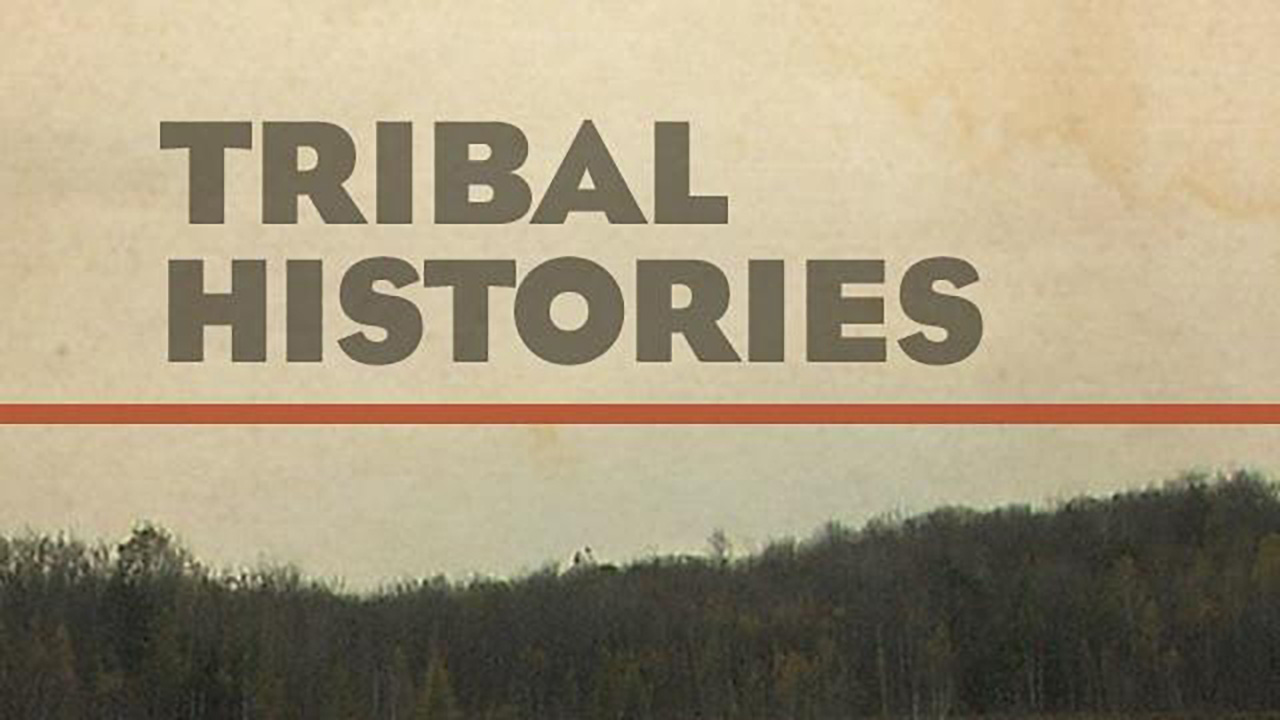
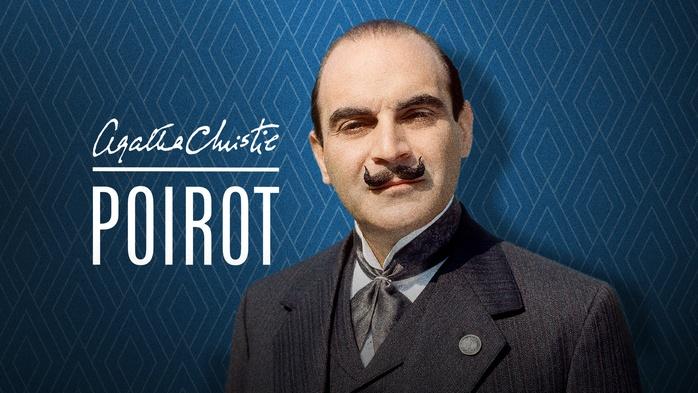


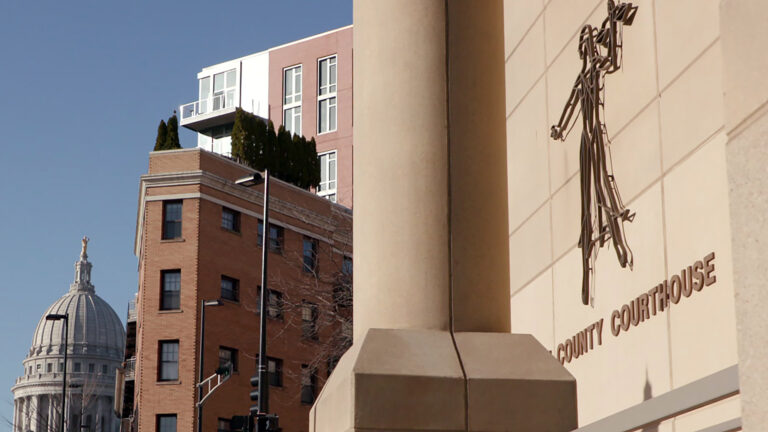

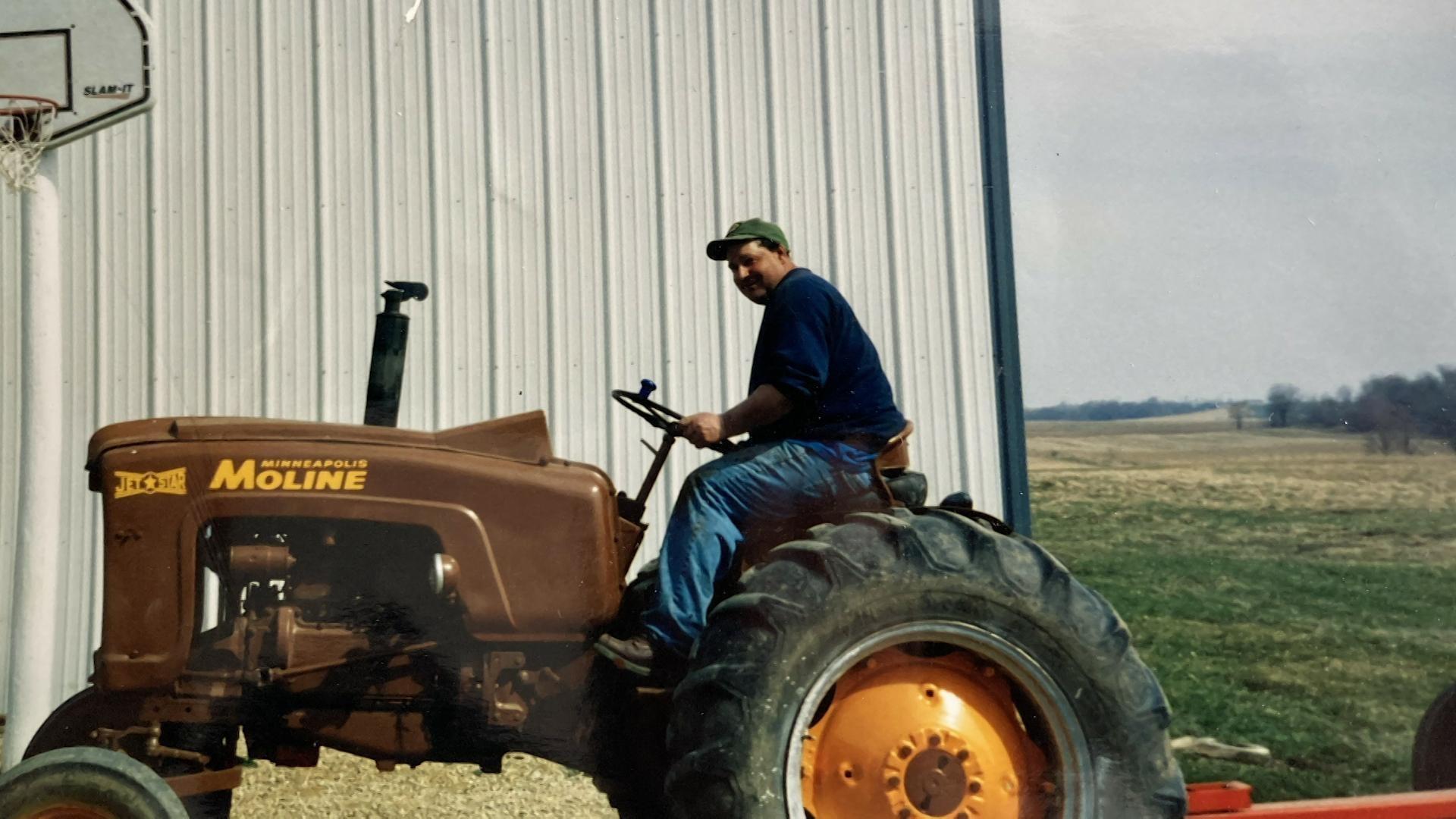
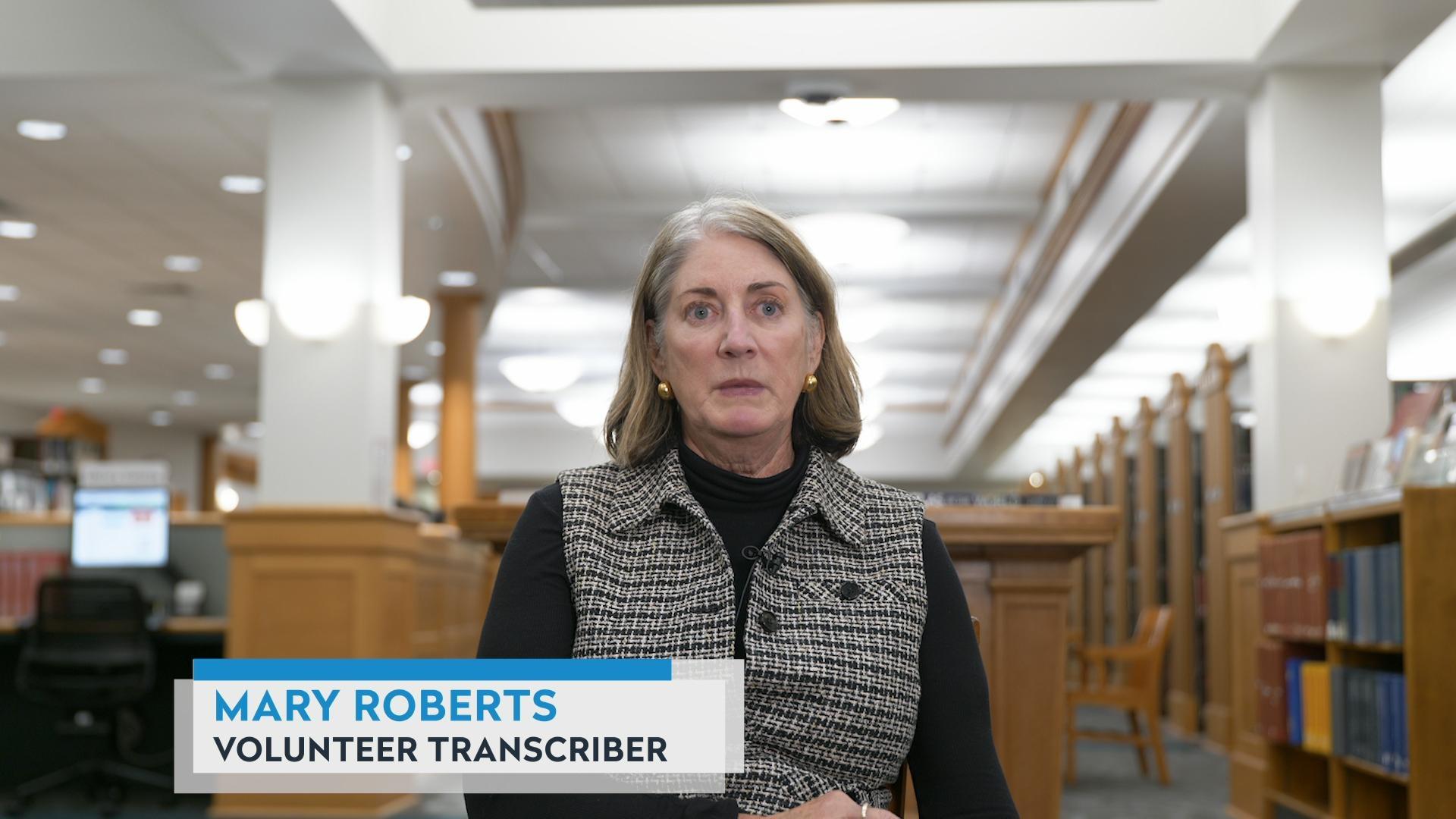

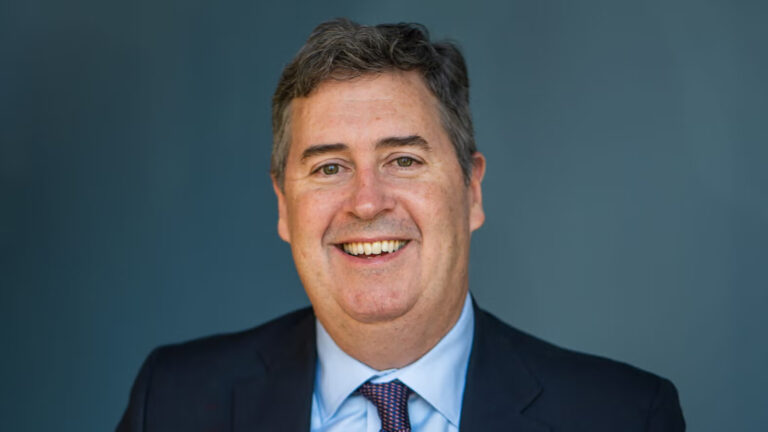
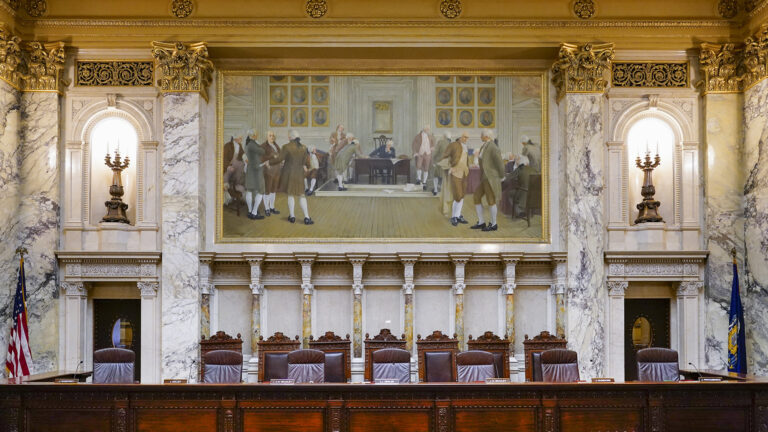
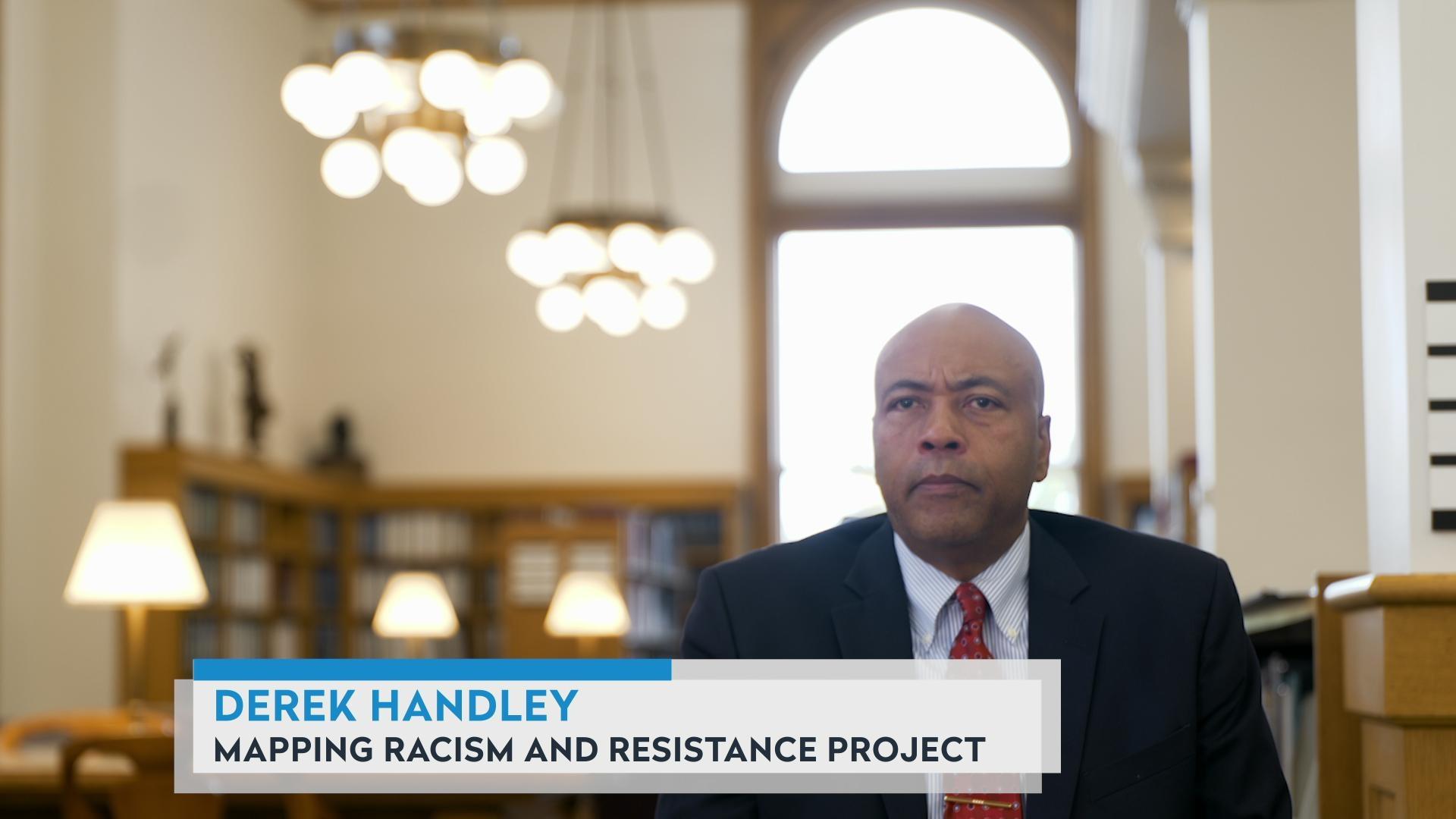
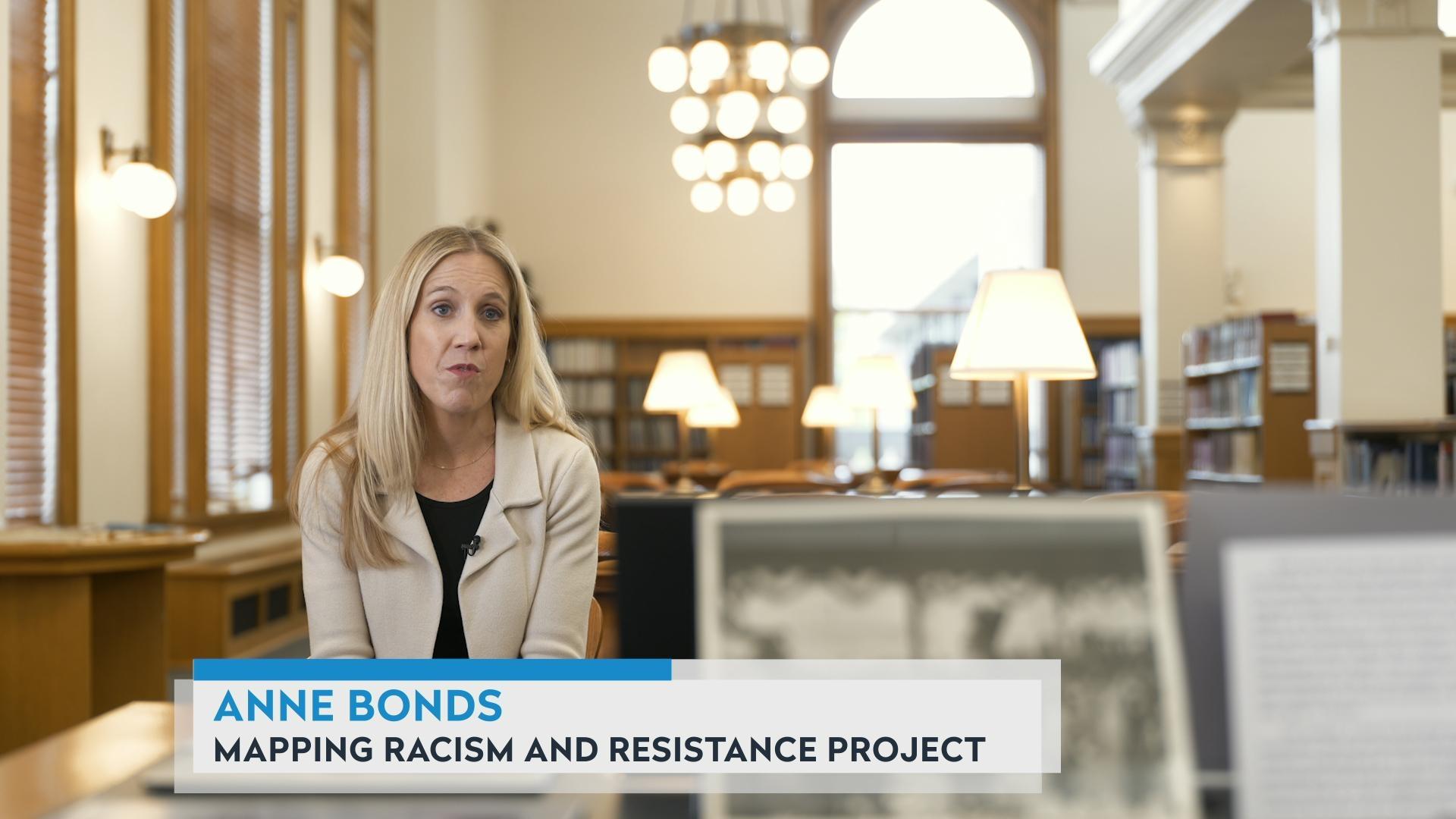

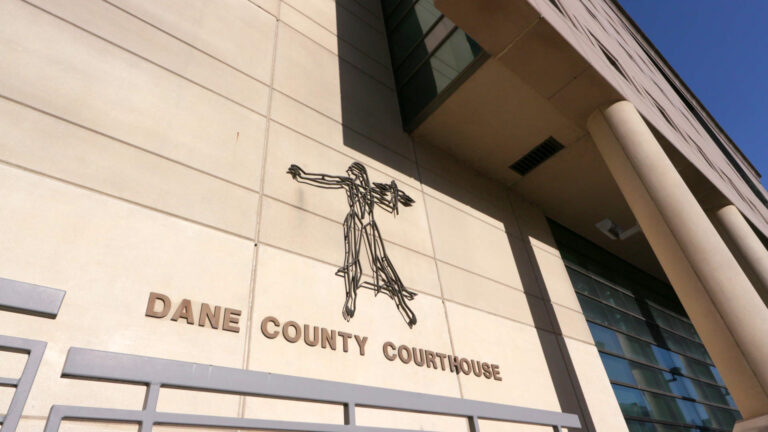

Follow Us